Lunar eclipses transform the moon into a dramatic celestial spectacle visible across entire hemispheres, creating shared viewing experiences that connect observers from coast to coast. Unlike solar eclipses that require precise positioning within narrow paths of totality, lunar eclipses can be enjoyed from anywhere the moon is visible above the horizon during the event. The moon’s transformation from bright silver to deep copper or red during totality occurs gradually over several hours, giving viewers ample time to appreciate the astronomical mechanics that create this beautiful phenomenon.
The best lunar eclipse viewing locations combine dark skies free from light pollution with comfortable viewing conditions and interesting foreground elements that enhance photography and the overall experience. Here is a list of 20 U.S. destinations that offer exceptional opportunities to witness lunar eclipses in settings that range from remote wilderness areas to accessible urban parks with surprisingly good sky visibility.
Death Valley National Park, California
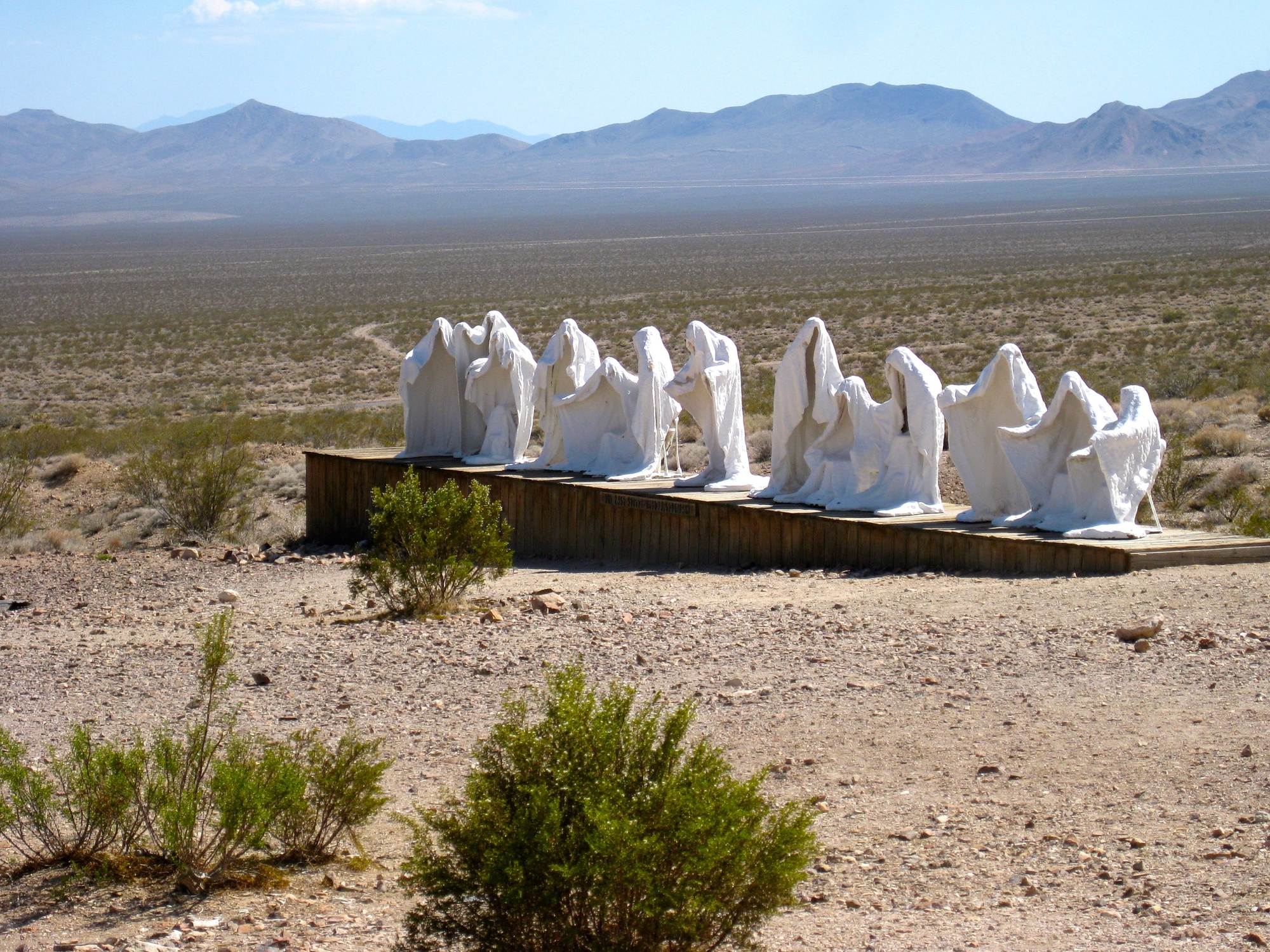
Death Valley has some of the darkest skies in the United States, making it ideal for observing the subtle color changes that occur during lunar eclipses. The park’s high elevation and extremely dry climate create ideal atmospheric conditions for clear views of celestial events.
The stark desert landscape provides dramatic foreground elements for eclipse photography, while the park’s developed camping areas offer comfortable viewing conditions even during overnight eclipse events.
Bryce Canyon National Park, Utah
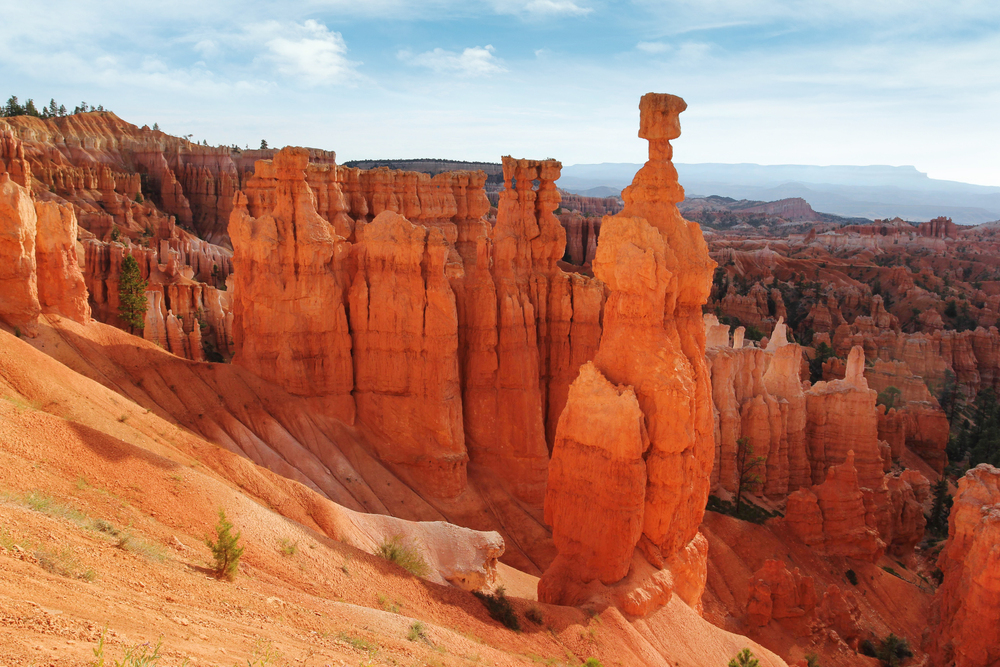
Bryce Canyon’s high elevation and remote location create exceptional viewing conditions for lunar eclipses, with the park’s famous hoodoo formations providing spectacular foreground elements for photography. The thin air at 8,000 feet elevation reduces atmospheric interference while the park’s strict light pollution controls preserve the natural darkness necessary for optimal eclipse viewing.
The park’s amphitheater viewpoints offer comfortable seating areas where visitors can set up telescopes and cameras for extended eclipse observation.
Grand Canyon National Park, Arizona

The Grand Canyon’s rim locations provide elevated viewing positions that minimize atmospheric interference while offering one of America’s most iconic foregrounds for eclipse photography. Both the South and North Rim locations offer excellent eclipse viewing opportunities, though the South Rim remains accessible year-round while North Rim access depends on seasonal road conditions.
The park’s visitor facilities and developed viewpoints make it possible to combine eclipse viewing with comfortable accommodations and services.
Big Bend National Park, Texas

Big Bend’s remote location along the Rio Grande creates some of the darkest skies in Texas, providing excellent conditions for observing the subtle color variations that make lunar eclipses beautiful. The park’s desert environment offers clear atmospheric conditions while its riverside locations provide interesting foreground elements that enhance eclipse photography.
The park’s camping facilities allow visitors to stay overnight for eclipses that occur during late-night or early-morning hours.
Glacier National Park, Montana
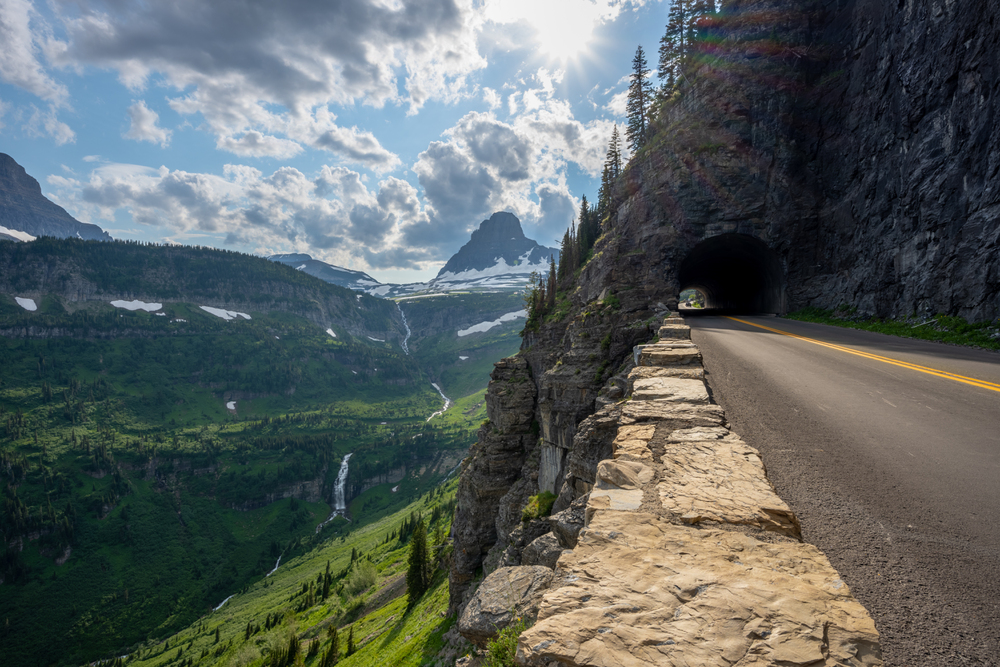
Glacier National Park’s mountain lakes provide perfect reflecting surfaces for lunar eclipse photography, while the park’s high elevation and clean air create ideal atmospheric conditions for celestial observation. The park’s numerous lakes offer multiple viewing locations where visitors can position themselves to capture the eclipsed moon reflecting in still water.
The park’s Going-to-the-Sun Road provides access to elevated viewpoints that maximize sky visibility while minimizing light pollution from distant cities.
Acadia National Park, Maine
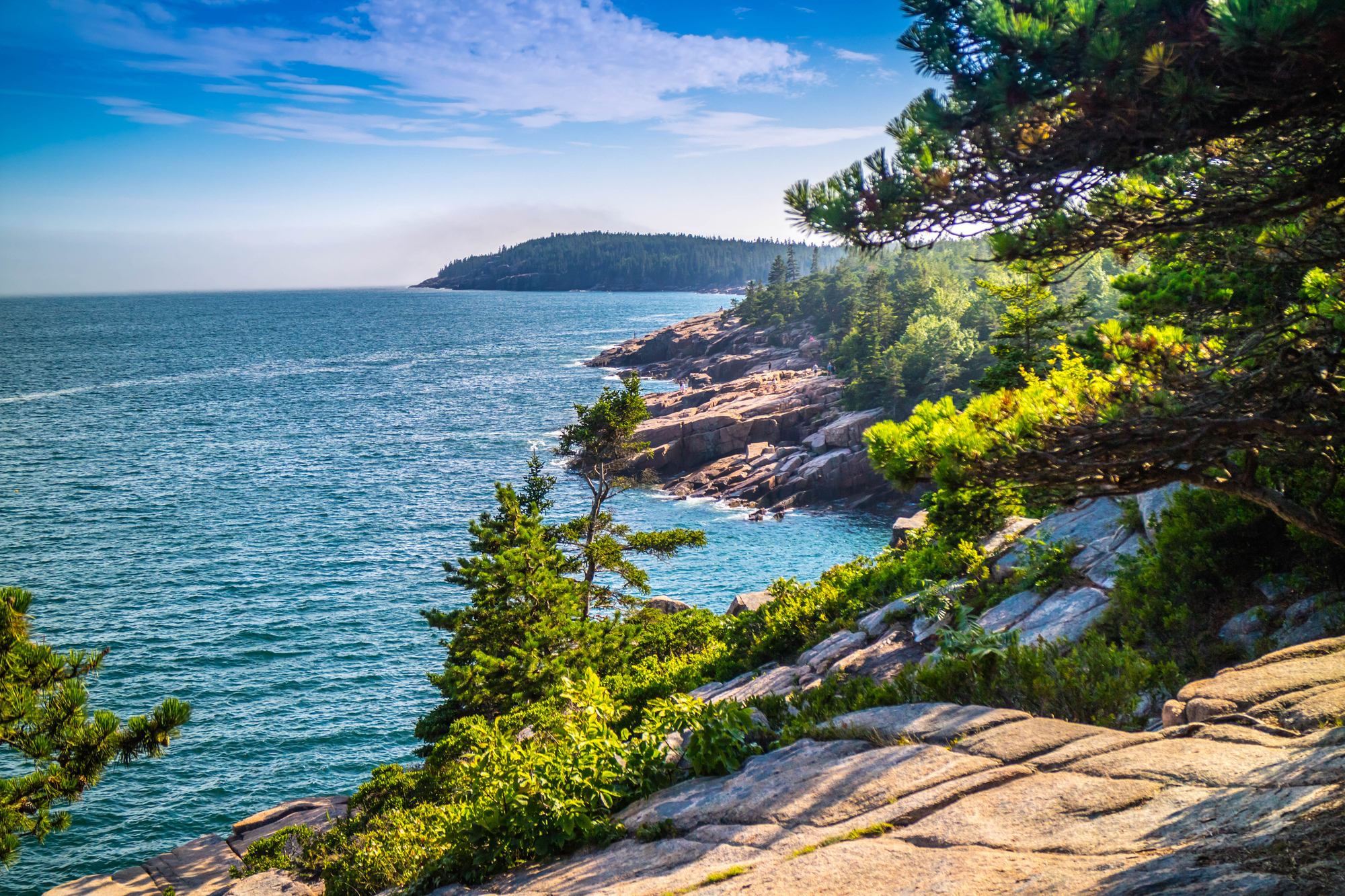
Acadia’s Cadillac Mountain provides the highest elevation viewing on the East Coast, offering excellent conditions for lunar eclipse observation with minimal atmospheric interference. The park’s rocky coastline creates dramatic foreground elements for eclipse photography while its dark sky designation ensures minimal light pollution.
The park’s accessibility from major Eastern cities makes it an ideal destination for eclipse viewing trips that don’t require extensive travel to remote locations.
Yellowstone National Park, Wyoming
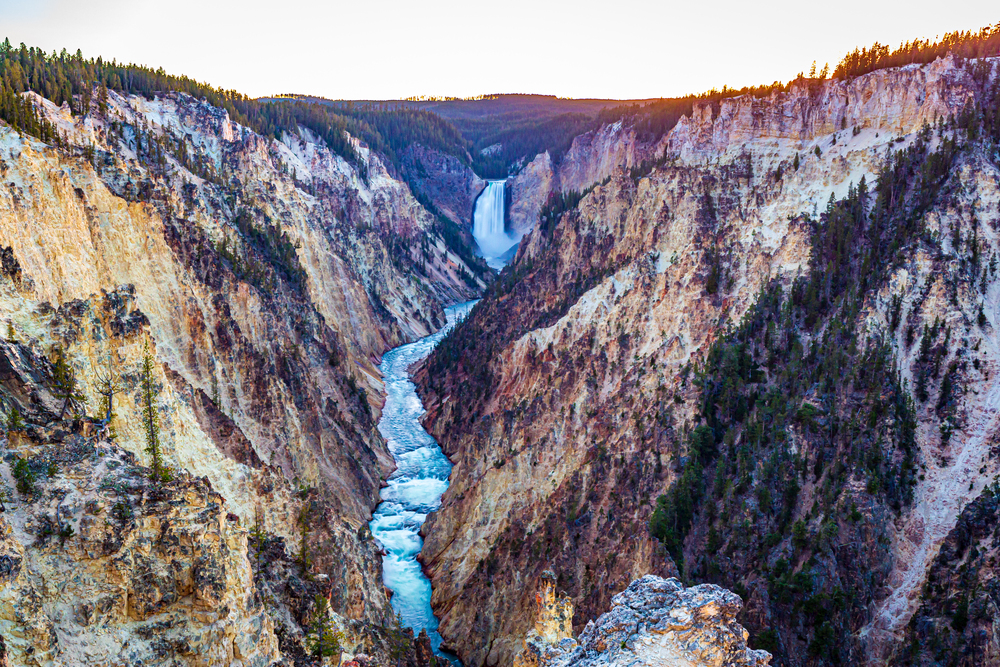
Yellowstone’s geothermal features create unique opportunities for lunar eclipse photography, with steam and hot springs providing ethereal foreground elements that enhance the mystical quality of eclipse images. The park’s high elevation and interior location minimize atmospheric interference while its large size offers numerous viewing locations away from any significant light pollution.
The park’s lodges and campgrounds provide comfortable base camps for eclipse viewing expeditions that can last several hours.
Great Smoky Mountains National Park, Tennessee/North Carolina
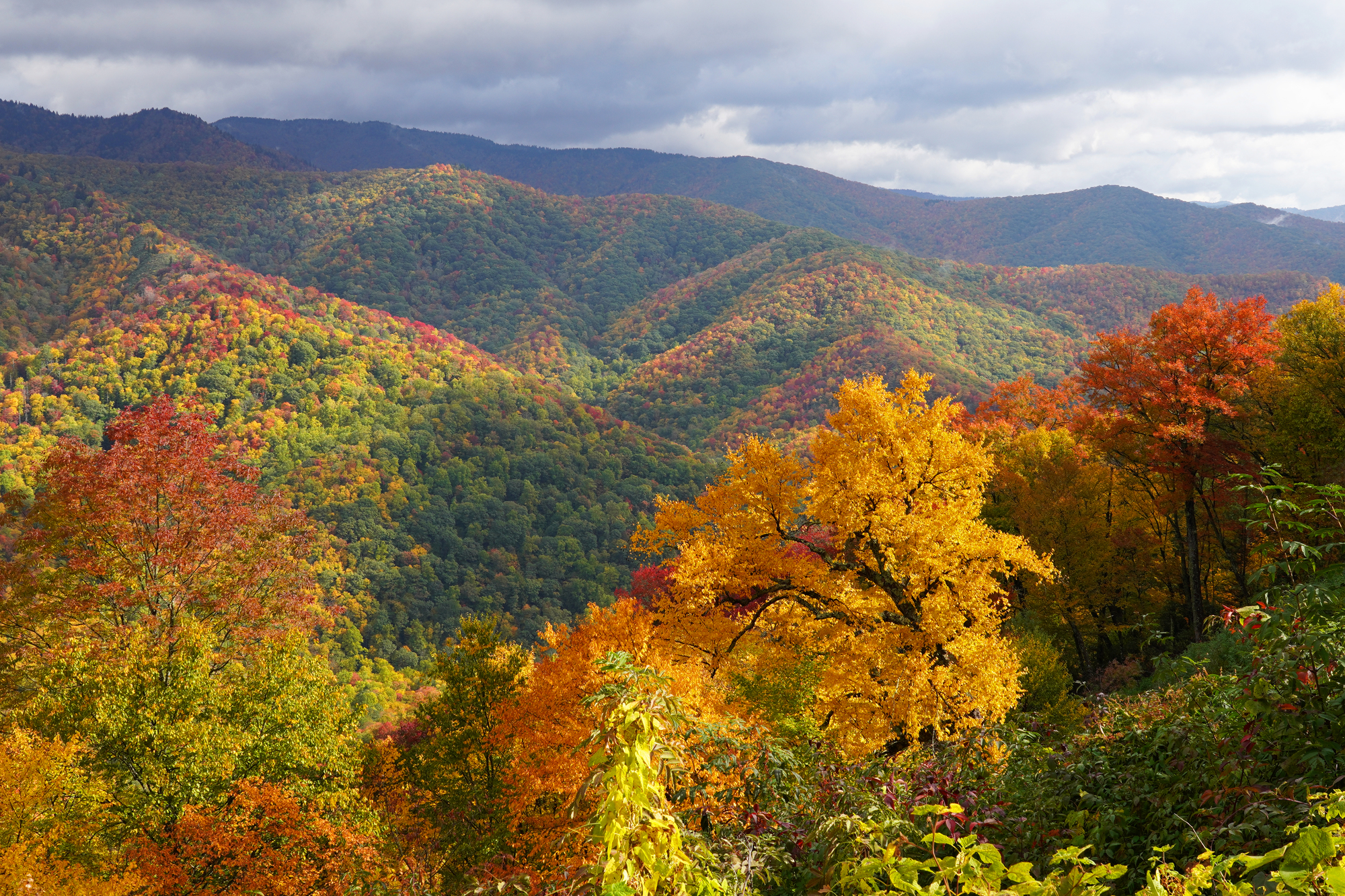
The Great Smoky Mountains provide accessible eclipse viewing for much of the Eastern United States population while offering the elevated positions necessary for optimal sky visibility. The park’s numerous overlooks along the Appalachian ridgeline provide excellent viewing positions that rise above the lower-elevation haze that can interfere with eclipse observation.
The park’s proximity to major cities makes it possible to plan eclipse viewing trips without requiring extensive travel or camping commitments.
Rocky Mountain National Park, Colorado

Rocky Mountain National Park’s high-elevation locations provide some of the best atmospheric conditions for viewing the lunar eclipse in the continental United States. Trail Ridge Road offers numerous pullouts above treeline where visitors can set up viewing equipment with 360-degree sky visibility and minimal atmospheric interference.
The park’s alpine lakes provide reflecting surfaces for eclipse photography while its developed campgrounds offer comfortable base camps for overnight eclipse events.
Olympic National Park, Washington
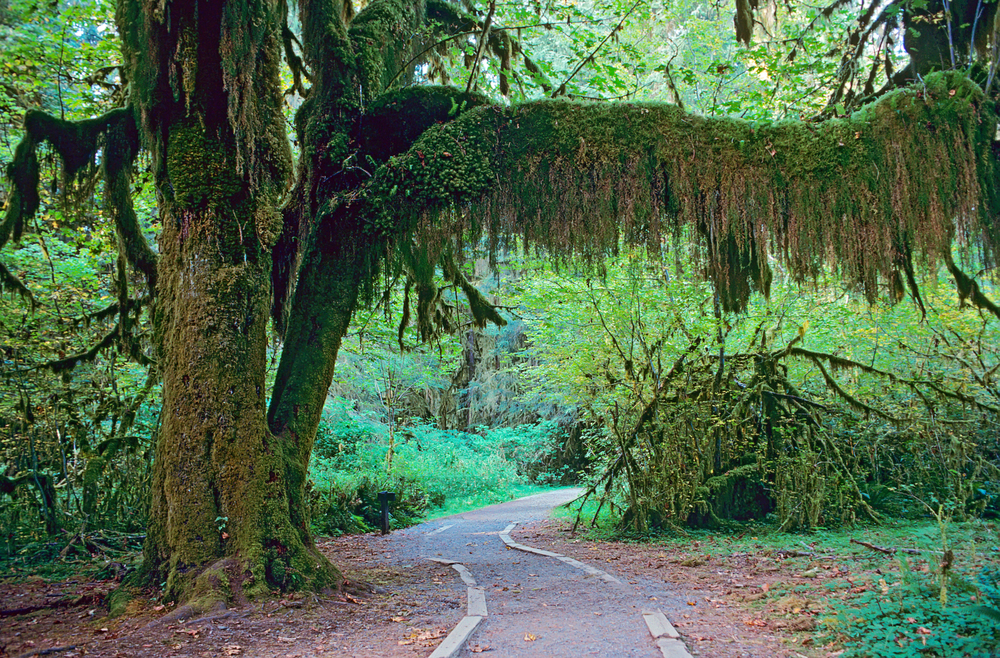
Olympic’s diverse environments offer multiple eclipse viewing options, from coastal locations where the moon can be observed rising over the Pacific Ocean to high-elevation positions in the park’s interior mountains. The park’s western location provides optimal viewing for eclipses that occur during evening hours when the moon is low in the eastern sky.
The park’s Hurricane Ridge area offers elevated viewing positions with minimal light pollution and excellent atmospheric conditions.
Mount Rainier National Park, Washington

Mount Rainier’s Paradise area provides high-elevation viewing conditions with the iconic volcanic peak serving as a dramatic backdrop for eclipse photography. The park’s meadow areas offer comfortable viewing locations where visitors can spread out blankets and set up telescopes for extended eclipse observation.
The park’s elevation and distance from major cities create atmospheric conditions that allow for excellent visibility of the color changes that make lunar eclipses spectacular.
Zion National Park, Utah
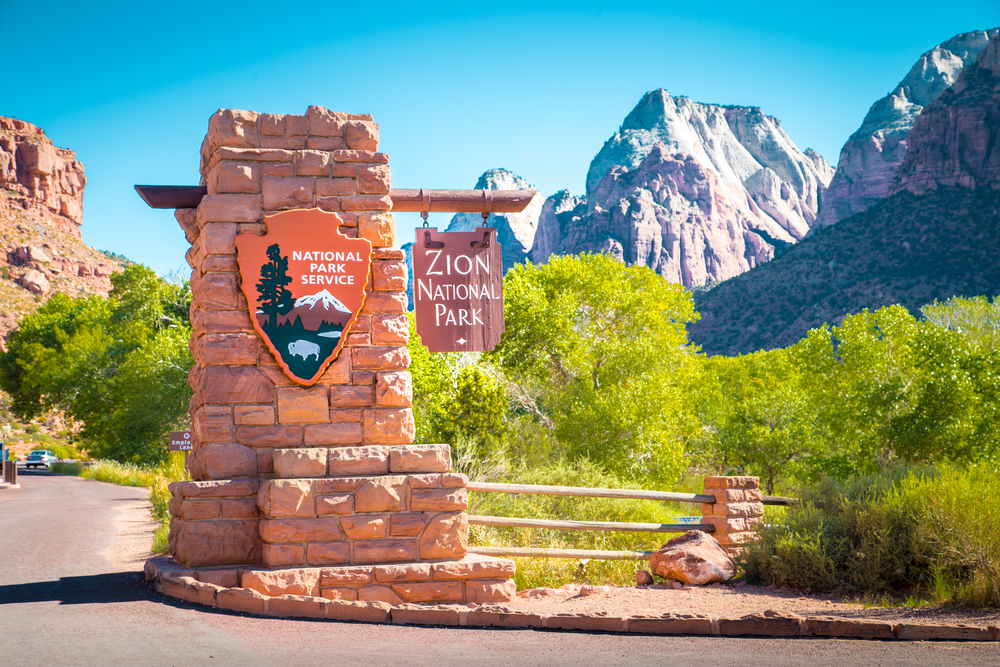
Zion’s Canyon locations provide protected viewing areas where visitors can observe eclipses without interference from wind, while the park’s red rock formations create stunning foreground elements for photography. The park’s high desert environment offers clear atmospheric conditions while its developed campgrounds and lodges provide comfortable accommodations for eclipse viewing trips.
The park’s accessibility via major highways makes it an excellent choice for eclipse viewing expeditions that combine astronomical observation with scenic beauty.
Grand Teton National Park, Wyoming

Grand Teton’s mountain lakes provide perfect reflecting surfaces for lunar eclipse photography, while the park’s high elevation creates ideal atmospheric conditions for celestial observation. Jackson Lake and other large water bodies offer multiple viewing positions where visitors can capture the eclipsed moon reflecting in still water, with the Teton Range providing a dramatic backdrop.
The park’s developed facilities make it possible to combine eclipse viewing with comfortable accommodations and services.
Arches National Park, Utah

Arches National Park’s unique rock formations provide distinctive foreground elements for lunar eclipse photography, while the park’s high desert location offers excellent atmospheric conditions for celestial observation. The park’s numerous arches and balanced rocks create opportunities for creative composition that combines geological and astronomical subjects in single images.
The park’s accessibility and developed facilities make it an excellent choice for eclipse viewing trips that appeal to both astronomy enthusiasts and landscape photographers.
Crater Lake National Park, Oregon
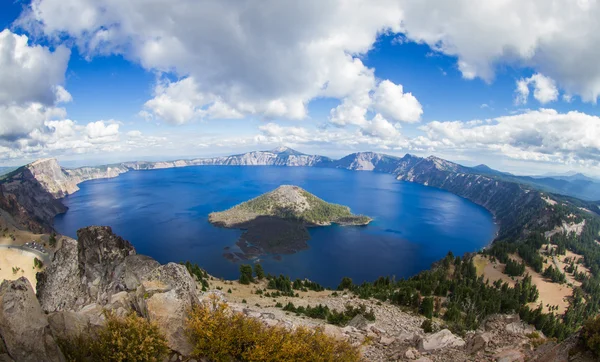
Crater Lake’s rim locations provide elevated viewing positions with minimal atmospheric interference, while the lake itself offers a dramatic foreground element for eclipse photography. The park’s high elevation and remote location create some of the darkest skies in the Pacific Northwest, allowing for excellent observation of the subtle color changes that occur during lunar eclipses.
The park’s rim drive provides multiple viewing locations where visitors can position themselves for optimal eclipse observation and photography.
Mesa Verde National Park, Colorado
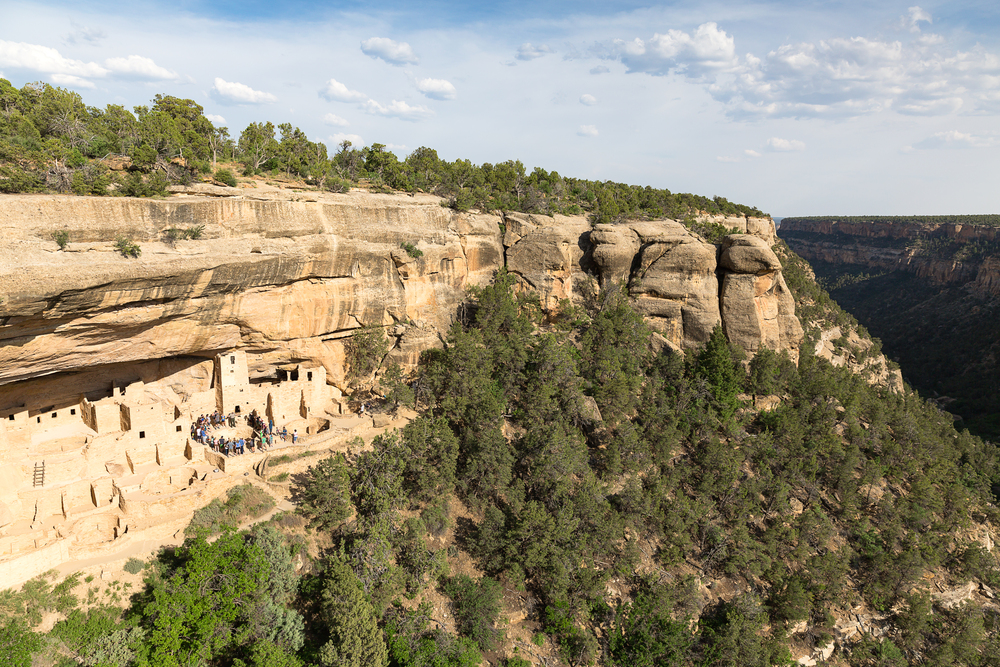
Mesa Verde’s high mesa locations provide excellent viewing conditions for lunar eclipses, while the park’s ancient cliff dwellings create unique foreground elements that connect astronomical observation with human history. The park’s elevation and relatively remote location minimize light pollution while its southwestern location provides optimal viewing for eclipses that occur during evening hours.
The park’s developed facilities allow visitors to combine eclipse viewing with exploration of ancestral Puebloan archaeological sites.
Badlands National Park, South Dakota

Badlands National Park’s open landscapes provide unobstructed sky visibility for lunar eclipse observation, while the park’s unique geological formations create distinctive foreground elements for photography. The park’s high plains location offers excellent atmospheric conditions while its remote setting ensures minimal light pollution interference.
The park’s developed campgrounds and visitor facilities make it possible to plan comfortable eclipse viewing expeditions in this spectacular landscape.
Capitol Reef National Park, Utah

Capitol Reef’s dark skies and unique geological formations provide excellent conditions for viewing the moon during eclipses, while the park’s petroglyphs and pioneer history add cultural dimensions to astronomical observation. The park’s high desert environment offers clear atmospheric conditions, while its relatively small size makes it possible to quickly relocate if weather conditions change during eclipse events.
The park’s proximity to other Utah national parks makes it possible to combine eclipse viewing with broader scenic tours.
Great Basin National Park, Nevada

Great Basin National Park holds the International Dark Sky Park designation, providing some of the darkest skies available for lunar eclipse observation in the United States. The park’s high elevation and remote location create ideal atmospheric conditions while its bristlecone pine forests offer unique foreground elements for eclipse photography.
The park’s Lehman Caves and other geological features provide interesting daytime activities that can be combined with nighttime eclipse observation.
Denali National Park, Alaska

Denali National Park offers some of the darkest skies in North America, making it an exceptional destination for viewing lunar eclipses in the far north. The park’s remote location, high latitude, and minimal light pollution allow for pristine nighttime conditions, especially during the fall and spring when the skies are long and dark.
The towering silhouette of Denali provides a breathtaking backdrop for eclipse photography, while the possibility of simultaneous aurora borealis activity adds an otherworldly element to the experience. The park’s vast wilderness setting makes it ideal for adventurous travelers seeking an unforgettable celestial event in the heart of Alaska.
Celestial Theater Across America
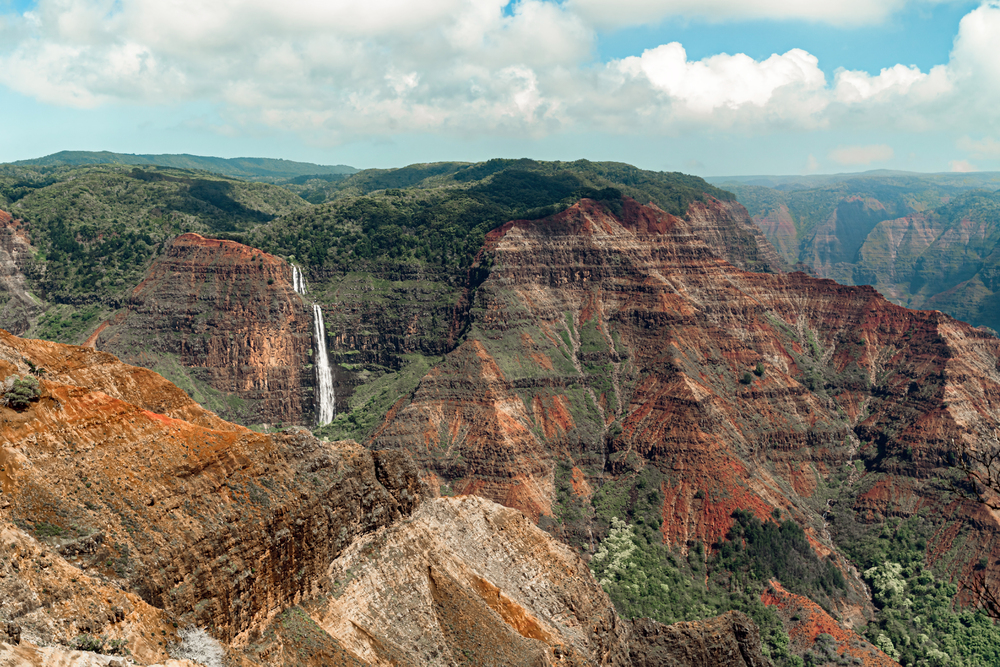
These exceptional destinations demonstrate that lunar eclipse viewing can be enhanced dramatically by choosing locations that combine dark skies with comfortable viewing conditions and interesting foreground elements for photography. Unlike solar eclipses that require travel to specific geographical locations, lunar eclipses offer the flexibility to choose viewing sites based on personal preferences for landscape, accessibility, and photographic opportunities.
Each location provides its unique perspective on these celestial events, from desert wilderness settings that emphasize the astronomical aspects to mountain and coastal locations that integrate eclipse viewing with some of America’s most beautiful natural landscapes. The key to memorable lunar eclipse experiences lies in selecting destinations that match viewing preferences while providing the clear skies and minimal light pollution necessary to fully appreciate the subtle beauty of Earth’s shadow transforming the moon into a glowing copper orb suspended in the star-filled darkness above.
More from Travel Pug

- 20 Best Beach Towns in the Carolinas
- 13 Destinations Where Tourists Regularly Regret Their Trip
- 20 Destinations That Are More Magical Without an Itinerary
- 20 Underrated Adventures That Belong on Your Travel List
- 20 Cities Where You Should Just Wing It, No Planning Required
Like Travel Pug’s content? Follow us on MSN.
